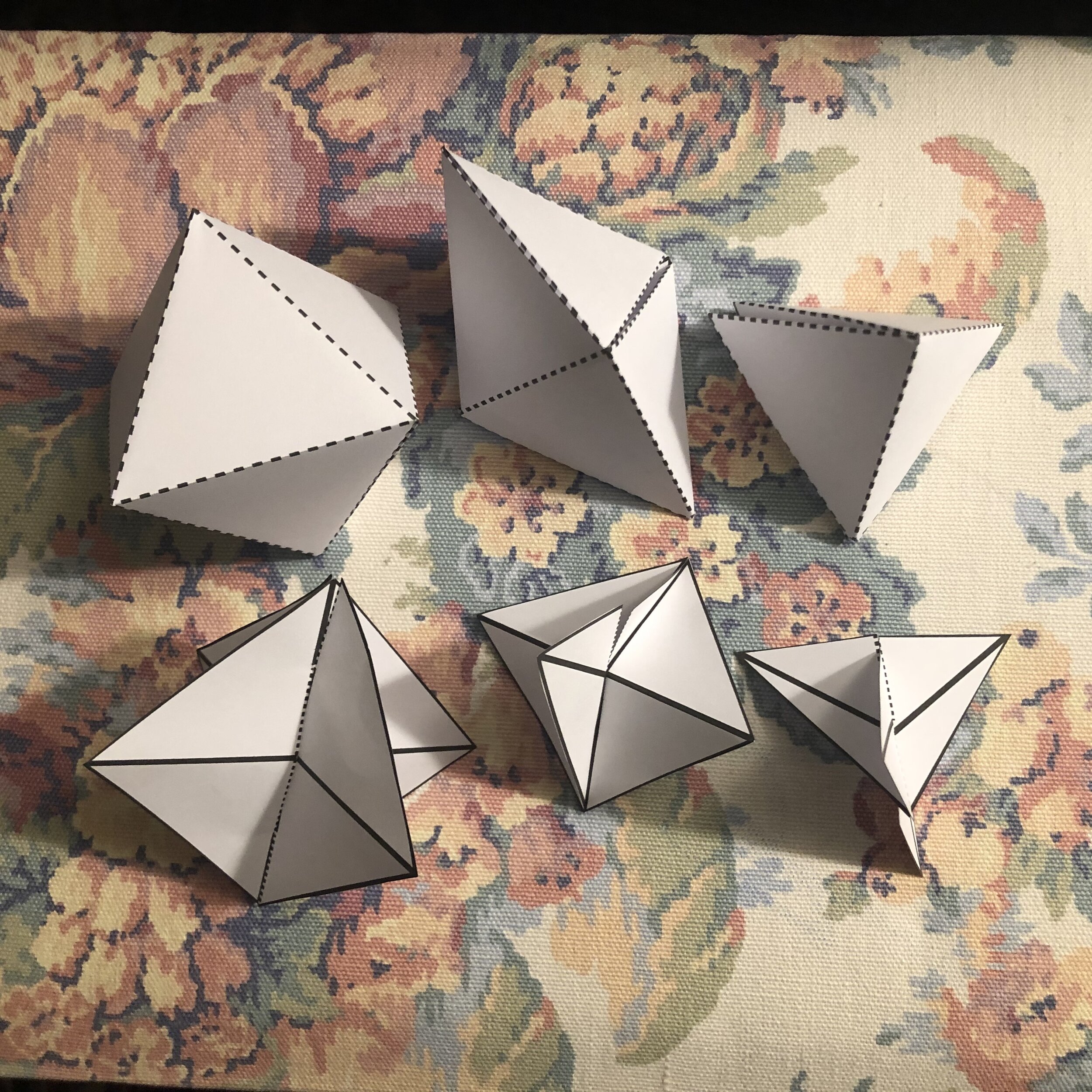Hands-on while remote
/Like many in academia this fall, I've been teaching remotely. Last week I got particularly frustrated trying to explain molecular geometry and its influence on molecular polarity. For years this part of the semester has been the time when I bring in the model kits (students love model kits) and we build molecules out of styrofoam balls and toothpicks, compare the shapes they predict to the shapes from the kits, and do "tug of war" to see how polar bonds do or don't cancel each other out.
I can't easily send a model kit through my camera. We don't use them enough in this class to justify everyone buying one. The department doesn't have enough for me to send one home with everyone. I don't have the bandwidth to set up kits for the on-campus students to check them in or out. So last week I was using the PhET simulation and holding my models up to the camera. It wasn't clicking for most of the class.
This is my biggest frustration with remote teaching. I have learned how to Zoom with the best of them, but what gets me down (teaching-wise -- good heavens is there plenty outside of teaching that's wearing me down) is when I have a great activity that has worked well in person, but I don't have either the time or the ability to reformat it into a package suitable for online distribution.
For the last couple of years I've done daily low-stakes problems that the students turned in on 3x5 index cards. I could flip through their answers, sort them into groups of similar answers to see how well everyone understood the question and what the common misunderstandings or misconceptions were, summarize answers on the board, and kick off class with a problem they'd already thought at least a couple minutes about. The online/remote equivalent has been a Blackboard "test" (I hate that that's what Blackboard calls it) with one or two questions. It is not at all convenient for students to submit drawings, diagrams, or calculations as part of their answer. I can't see a quick summary of answers, only one at a time. It all takes so much longer for everyone.
Since my students have continued to struggle with molecular geometries and polarity, I’ve been trying to find another way to present the information. A handout? A video? Diagrams? Annotated photographs? I wanted to show them the shapes and the polarity, and I started building my own models out of paper. It’s not origami – I would love to rework these into origami, but I didn’t have the time or talent for that right now – but there is a beauty to these regular shapes. And cutting and folding the paper into the shapes was surprisingly relaxing. (I shouldn’t be surprised. A while back my husband got the family a Labo kit so that I could have fun folding it and our preschooler could have fun playing the games. It was very satisfying to fold all of the pieces so they fit just so together and made three-dimensional shapes.)
This morning I showed my models to my classes and asked if they’d like the patterns. The response was overwhelming: yes. They want in on this papercrafting thing.
So I thought maybe someone else would want them too. Maybe you?
- Paper VSEPR models – trigonal pyramidal, tetrahedral, trigonal bipyramidal, and octahedral
If you do use them or share them, I’d love to know!
My paper VSEPR models
